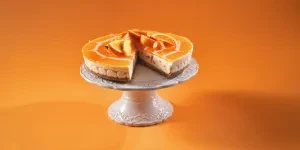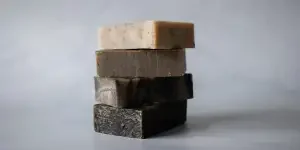Cake stands have been essential to the average baker for decades. They do everything from helping cakes set to displaying treats for everyone to see at a shop or event. This is one of the reasons why they are a staple at any big celebration.
However, these pieces are more versatile than people realize. They can double as adorable decor pieces or as creative displays of almost anything. Even better, they are currently in high demand, making them a great opportunity for any retailer in the baking market.
Despite their simple designs, cake stands require some thought before one decides to stock them. This article will highlight everything retailers need to consider before adding them to their new arrivals in 2025.
Table of Contents
Why should retailers stock cake stands?
4 things to consider when choosing a cake stand to stock
1. Know your customer base
2. Materials
3. Sizing and style
4. Durability and practicality
Presentation: How to show off cake stands in-store or online
In conclusion
Why should retailers stock cake stands?
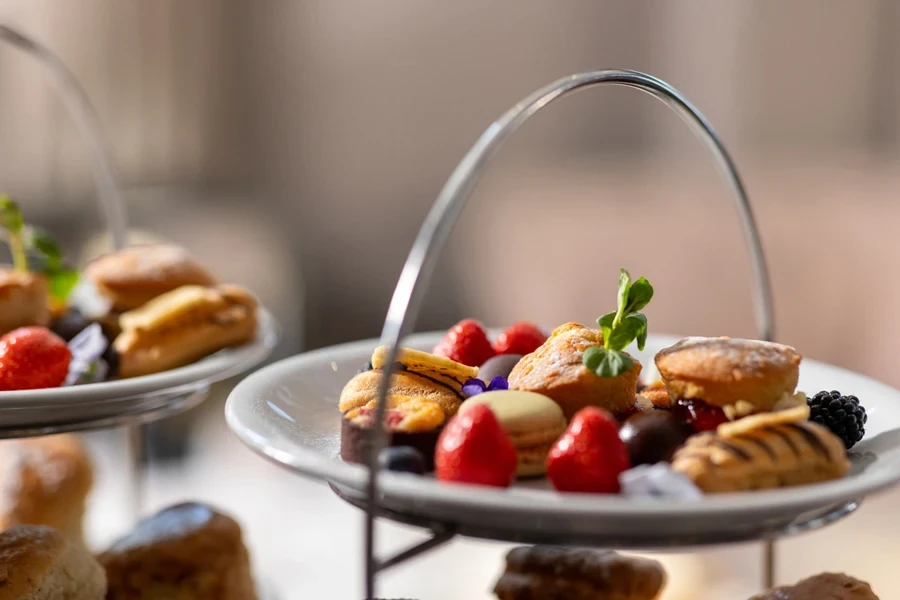
Let’s start with the most basic question: Why even bother adding cake stands to your product lineup? At first glance, they might seem like niche items only professional bakers or wedding planners care about. But in reality, cake stands to appeal to a wide range of customers. Here are some people who might want them:
- Home entertainers who host birthdays, holidays, or small get-togethers and want a standout centerpiece.
- Decor enthusiasts who enjoy elevating their interior design with an elegant display piece—even if there’s no cake involved. (Consumers can use them for candles, flowers, or as a base for mini succulent gardens)
- Gift-givers looking for something unique. Cake stands are one of those items people often don’t think to buy for themselves but love receiving.
Here is something interesting for retailers: Cake stands can fit snugly into multiple sections, including home goods, event planning, kitchen gadgets, or general giftware. That adaptability means more eyes on the product and potentially more sales.
So, how many people are searching for this product? According to Google data, cake stands attracted 135,000 searches in the first two months of 2025. This number is already up by 10% from 2024’s average of 110,000 searches, proving more people want cake stands in 2025.
4 things to consider when choosing a cake stand to stock
1. Know your customer base
Before diving into materials and styles, it helps pinpoint who you’re selling to. Are your regulars mostly:
- Budget-focused shoppers, who appreciate a good deal on everyday items?
- Mid-range browsers who want decent quality without a huge price tag?
- High-end event planners or design-savvy customers, who’ll invest in something special?
Understanding this upfront saves retailers from crowding their displays with products that their customer base might ignore. Sure, they can blend variety, but focusing on what resonates most with shoppers will keep the inventory lean and profit margins healthier.
2. Materials

Cake stands come in a surprising array of materials, each bringing its vibe:
| Material | Who loves it? | Pros | Cons |
| Glass | The shopper who wants classic elegance. | A timeless look that often shows off the dessert beautifully if consumers are using it for cakes. | Fragile for shipping or if you have a bustling retail environment. |
| Ceramic or porcelain | Those seeking a more traditional or high-end aesthetic. | It has a solid, substantial feel, giving that “special occasion” vibe | It can chip or crack if it’s not carefully stored or displayed. |
| Metal (stainless steel, aluminum, etc.) | Shoppers who favor modern or industrial styles. | It is typically lighter than ceramic and less prone to breakage than glass. | Certain finishes scratch easily. Also, high-polish metals can show every fingerprint. |
| Wood | Perfect for rustic-chic fans, the farmhouse-style crowd, or boho party hosts | Wood cake stands have a warm, natural aesthetic that can blend into various decor themes. | They may require more careful cleaning (hand-wash only, typically) and could warp if retailers don’t properly seal them. |
| Acrylic or plastic | People who want an economical, low-maintenance option—often for kids’ parties or outdoor events. | These cake stands are lightweight and break-resistant. They’re also easier on the wallet. | They may have a less “premium” feel and may scratch if mishandled. |
Retailer tip: If you have enough shelf space or an online platform that allows it, offer at least two material types. This will help you catch shoppers looking for a budget or more upscale piece.
3. Sizing and style
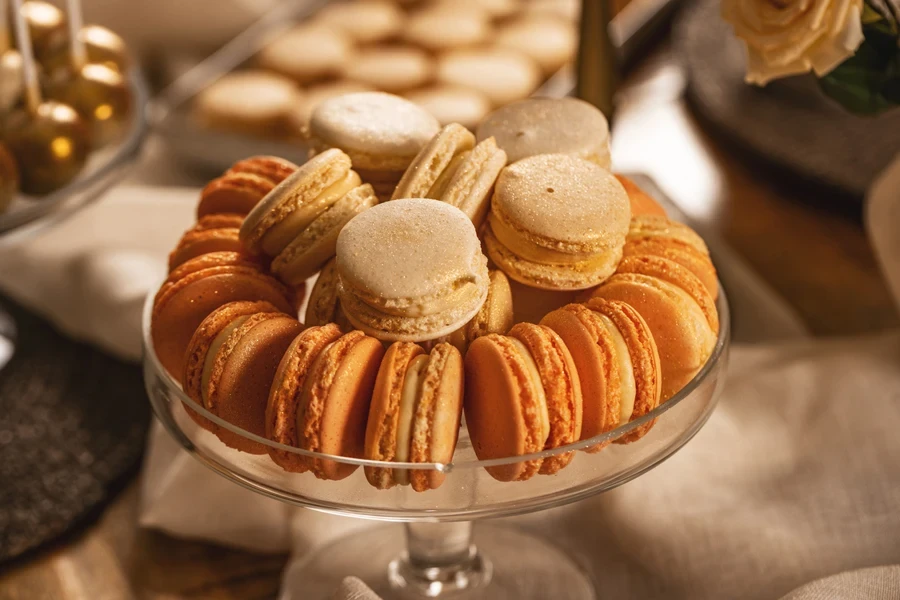
A standard 9-inch cake stand might be perfect for everyday home baking, but if retailers are targeting wedding planners, they might need something bigger (10-inch, 12-inch, sometimes even more).
- Pedestal vs. flat top: Pedestal stands have an iconic, elevated look. Flat stands have a shorter profile, making them feel modern and easier to store.
- Tiered stands are great for showcasing cupcakes or other desserts. They are also a hit during wedding seasons or for large dessert buffets.
- Height variations: Some stands are barely an inch tall, while others are quite dramatic. A taller pedestal can create a visual flair for store displays (and events).
Pro move: Offer at least one smaller stand (8 or 9 inches) and one larger stand (10 to 12 inches). That simple range helps a broad slice of your market find something that fits their needs.
4. Durability and practicality
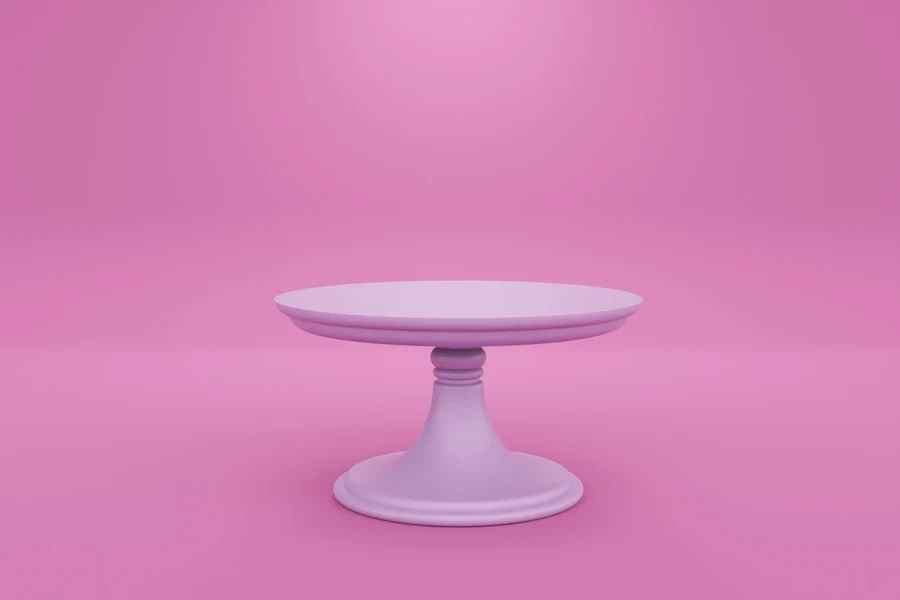
While a cake stand’s main function is to look pretty, practicality still matters—especially from a retailer’s point of view. A wobbly base or a too-thin platter can lead to unhappy customers (and a messy meltdown if a layered cake topples at someone’s event). So, here are some tips to help avoid such situations:
- Check for sturdy construction: Is the base solid? Does the top attach securely? How is it affixed—glue, screws, etc.?
- Weight capacity: Let consumers know how much weight the stand can handle. Retailers can ask manufacturers or check their reviews if they don’t know.
- Easy storage: Some customers care whether they can disassemble or stack the stands. If storage is a common concern, highlight stands that are particularly space-friendly.
.
Presentation: How to show off cake stands in-store or online

Cake stands to look best when they’re displaying something. If retailers have a physical shop, they can consider placing a faux cake or a stack of beautifully frosted cupcakes (they can be plastic models—no one has to know) on the stand to give customers an immediate “wow” factor. Also, they can consider the following points:
- Group by aesthetic: If retailers have a farmhouse-chic vibe, they can arrange wooden stands with some vintage kitchen accessories. Similarly, they can pair shiny metal stands with sleek tableware if retailers cater to a modern crowd.
- Cross-sell opportunities: Consider placing cake stands near baking supplies, cake toppers, or party decorations. People love a one-stop area where they can grab the stand, the decorating kit, and the confetti all at once.
- Online tactics: It’s a huge plus to use high-quality photos showing the stand from multiple angles (ideally with an actual cake or dessert). Businesses should also add clear dimensions to product descriptions so that people don’t get rudely surprised when they see the stand in person.
In conclusion
Cake stands might look like simple pedestals, but they carry much weight in the retail world—literally and figuratively. By curating a thoughtful selection of materials, sizes, and price points and marketing them in a way that sparks shoppers’ imaginations, retailers can transform cake stands from a side item into a standout piece of their inventory.
